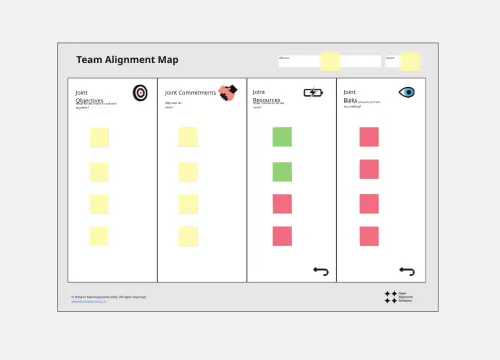About the Kaizen Report Template
Kaizen is a business philosophy that originated in Japan. It is based on the continuous improvement of working practices and personal efficiency. In companies that follow this philosophy, all members of the organization—from the CEO down to individual contributors—are expected to participate in kaizen practices.
When is a kaizen report useful?
A kaizen report helps identify gaps and inefficiencies. Under this approach, every employee in the organization is responsible for auditing their processes and understanding what they might have overlooked. In that way, a kaizen report can be an important tool for increasing accountability at all levels of the organization.
Kaizen is more of a general approach then a specific strategy, so people may include different elements in a kaizen report. Overall, though, a kaizen report is useful for the following reasons.
1 - Reduce waste. Kaizen reports help you discover how you can use your personnel and inventory more productively in the future.
2 - Increase employee satisfaction. Under the kaizen approach, everyone from an entry-level employee to the CEO creates kaizen reports. The reports can thereby make everyone feel as though they have a stake in the company and can showcase their impact.
3 - Improve employee retention. Since your employees are more likely to feel engaged, they are also more likely to stay at the company for longer.
4 - Increase your competitiveness. Kaizen reports help you identify gaps and inefficiencies. Once you’ve identified them, you can fix them and make your company even more competitive. This gives you an edge in your market.
5 - Improve customer satisfaction - Regular kaizen reports, and the kaizen approach more broadly, will improve your products. In turn, that will make your customers happier.
6 - Solve problems more efficiency. Kaizen is a solutions-first approach. It empowers you to get at the root of a problem quickly and effectively.
7 - Build better teams. Overall, the kaizen approach will bring your teams closer together. Creating kaizen reports also makes it easier to train new team members, easily bringing them up to speed on processes and desired results.
Kaizen Report FAQs
What do you include in a kaizen report?
A kaizen report doesn’t need to be overly complicated. In its simplest form, it summarizes what the situation was before, which action(s) you took, and what the effect was after. You may wish to include visual elements (photos, diagrams, etc.) to help illustrate the story.








